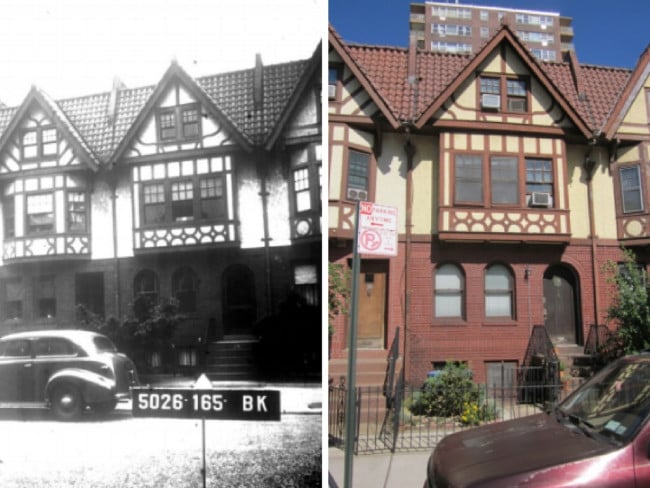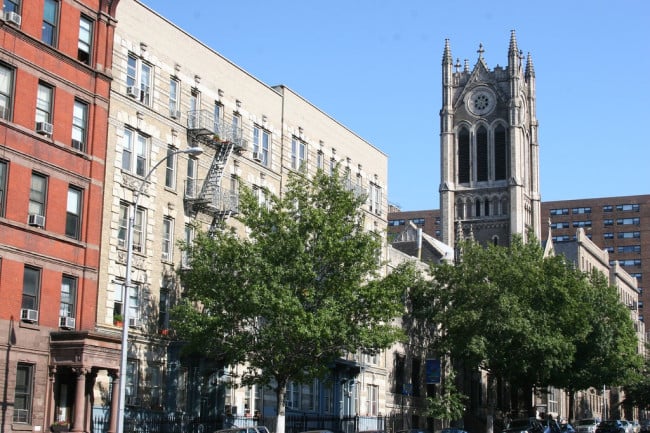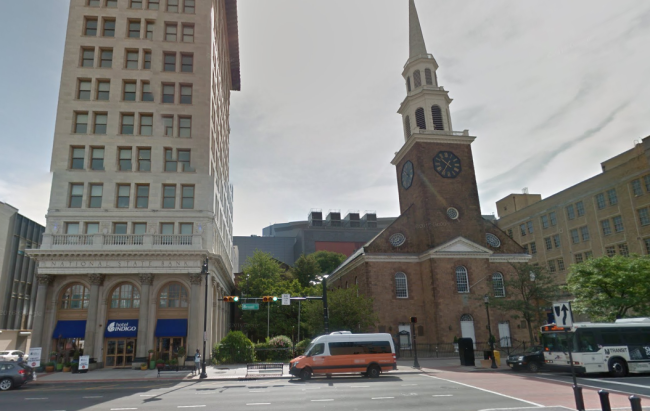Alexander Avenue in the South Bronx is home to the borough's oldest townhouses
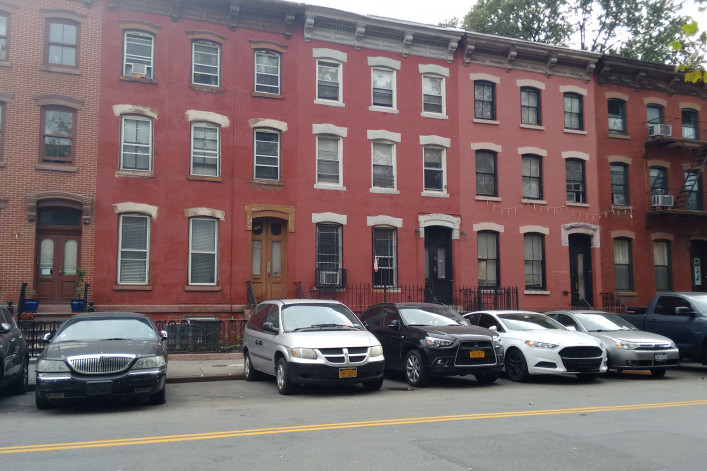
The street's old, and increasingly valuable row houses.
Photos: Marjorie Cohen
In a history of the Bronx written in 1897, Mott Haven was described as having the most “healthful, cheerful, economical and easily accessible homes that have ever been known.”
More than 100 years later, some of those houses are still standing, many nearly unchanged, on Alexander Avenue between 137th and 141st streets.
Directly off of the Third Avenue-138th Street 6 stop, the strip includes row houses, low-rise apartment buildings, and two government buildings, and is book-ended by two historic churches and a pair of public housing developments.
"Alexander Avenue is lined with the most distinguished row houses in the Bronx," says Andrew Dolkart, professor of historic preservation at Columbia University. The houses between 139th and 140th streets, built in the 1860s, are the first and oldest townhouses in all of the Bronx.
This slice of the borough was officially landmarked in 1969 as the Mott Haven Historic District. The Mott Haven East Historic District, a second historic district designated in 1994, is made up primarily of row houses just east of Alexander Avenue.
Row houses on the avenue and on some of the side streets perpendicular to it were designed by some of the most prominent architects of the second half of the 19th century, many with custom interiors.
They were bought “by affluent families, including over the years a number of politicians and doctors,” according to Dolkart. Hence, in some historical sources, the area is referred to as Doctors’ Row or Politicians’ Row.
Lloyd Ultan, the Bronx's borough historian, says that "The Irish Fifth Avenue" was probably the more widely-used term for these blocks at the time, reflecting the ethnicity of the majority of the residents back then.
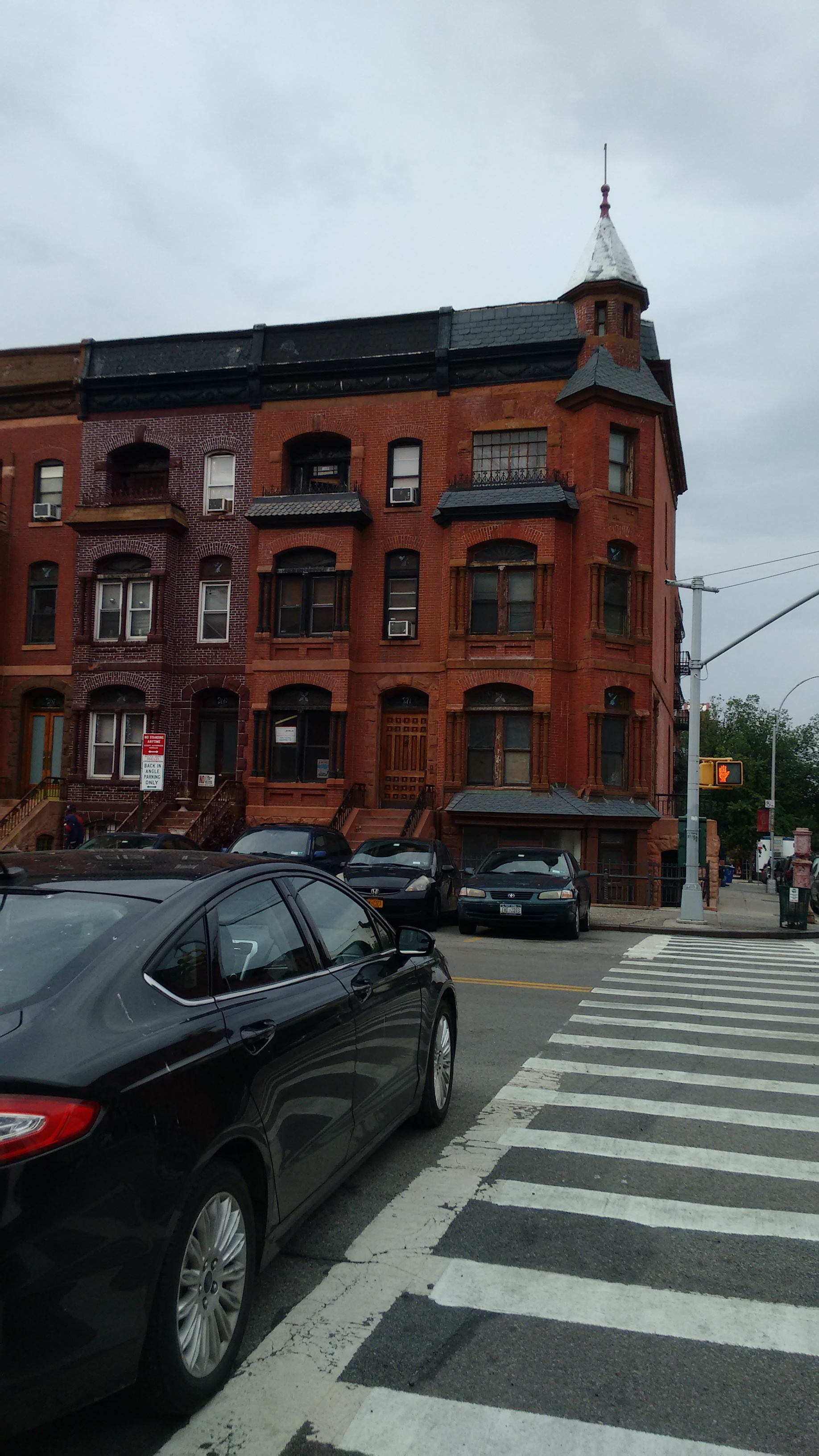
The glory days didn’t last for Alexander Avenue, as the second half of the century brought serious setbacks for the neighborhood.
It may seem unreasonable to pin all the blame for the area's decline on just one person, but the Village Voice did just that in an article naming infrastructure overlord Robert Moses the man who “slammed his fist into the neighborhood in the 1940s and 1950s, 'clearing the slums,' stacking the displaced in spiritless public housing towers, and sealing them behind a rampart of expressways…”
Now, things may be turning around. Recently, the New York Times Travel section chose the neighborhood as number 51 on a list of 52 places to go in 2017 (they cited its new artisanal coffee shops, galleries, boutiques and restaurants—no mention of the contributions of long-time residents, though), and the Historic Districts Council chose the neighborhood as one of its “six to celebrate” in the city.
Samuel Brooks, organizer of the fledgling Mott Haven Historic District Association, is happy with the attention. Brooks bought a house just around the corner from Alexander Avenue 15 years ago and says he’s relieved that the history of the neighborhood has been protected by landmarking. He sees what he says is an “amazing amount of construction in the neighborhood” but believes that “we have to embrace the change” at the same time that people work “to protect what is already here”.
The South Bronx was once the “North Side"
On New Year’s Eve, 1873, with "the booming of guns and other demonstrations of joy," according to the history written not long after, the area north of Manhattan including Alexander Avenue separated from Westchester County to become part of New York City. Known thereafter as the Annexed District or, more poetically, as the Great North Side, the area was placed under the jurisdiction of the Commissioner of Street Improvements, somewhat equivalent to today’s borough president.
The North Side Board of Trade, a group of businessmen and professionals who lived in the area and promoted it with vigor, set up shop at 278 Alexander Ave. It was there that the secretary of the group was available, according to their literature, “night and day,” ready to give information about the neighborhood “cheerfully” anytime.
Alexander Avenue produced some big names in NYC history
Willis Avenue and its bridge were named in honor of Edward Willis, who lived at 280 Alexander Ave. Willis was a real estate businessman in the Bronx in the mid-1800s, owning property along East 143rd Street, from Alexander to his eponymous avenue one block over.
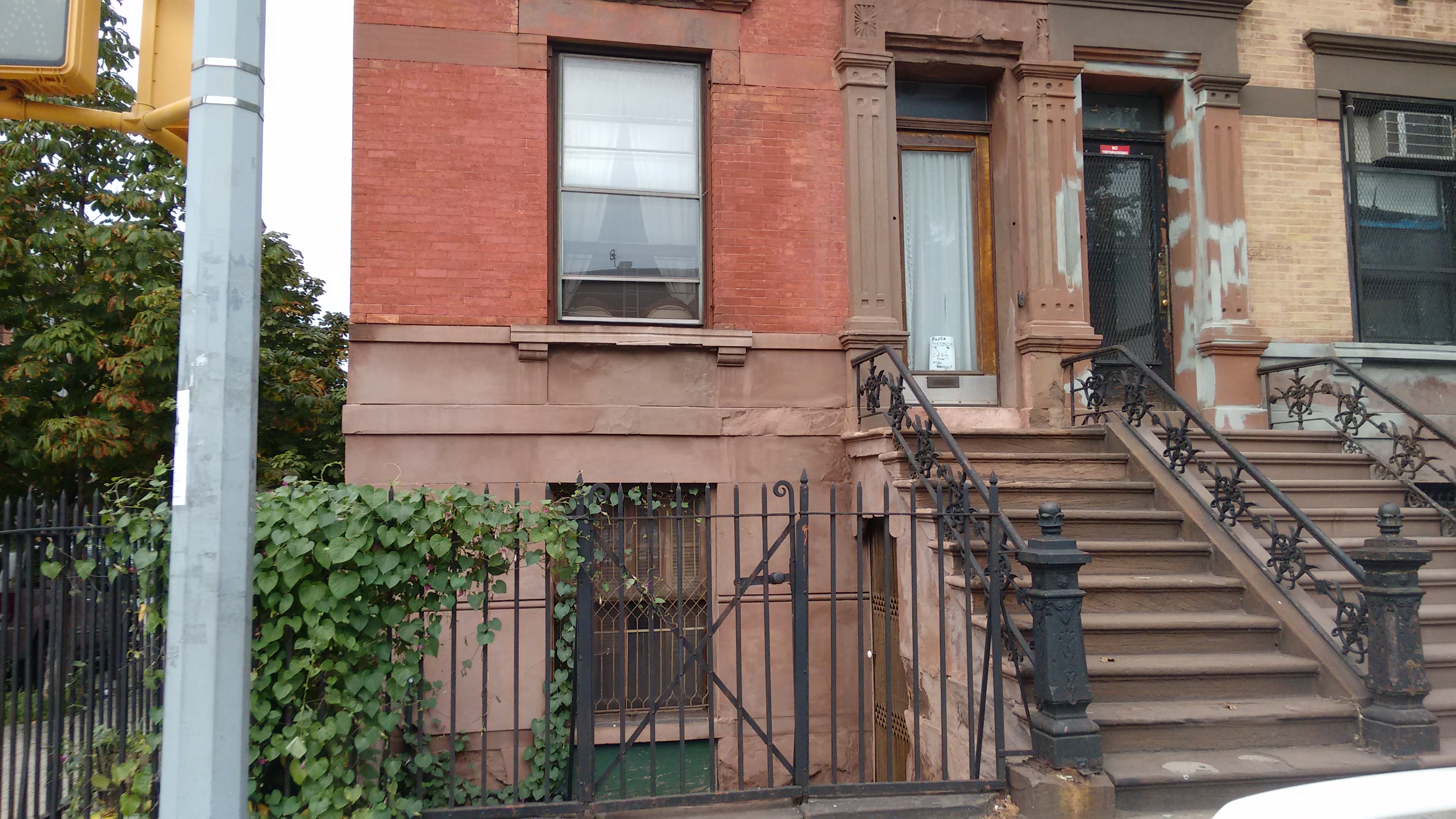
James L. Wells, who held a number of elected and appointed city and state positions and served as New York state treasurer, lived and died in the corner house at 277 Alexander (pictured above). He was a good friend of Teddy Roosevelt, up until 1912 when Roosevelt came to 277 to convince Wells to back him for a third term as a candidate of the Bull Moose Party. Wells refused and remained loyal to the Republicans. The two never spoke again, according to Ultan.
Another early 20th century politico with ties to the avenue was Democratic boss Edward Flynn. An endorsement from Flynn meant a guaranteed win, Ultan says, hence the expression “in like Flynn." Although he eventually moved away from Alexander Avenue, Flynn kept his ties to the neighborhood: his funeral was held in 1952 at St. Jerome's Church at the corner of 137th Street in 1952 (pictured below).
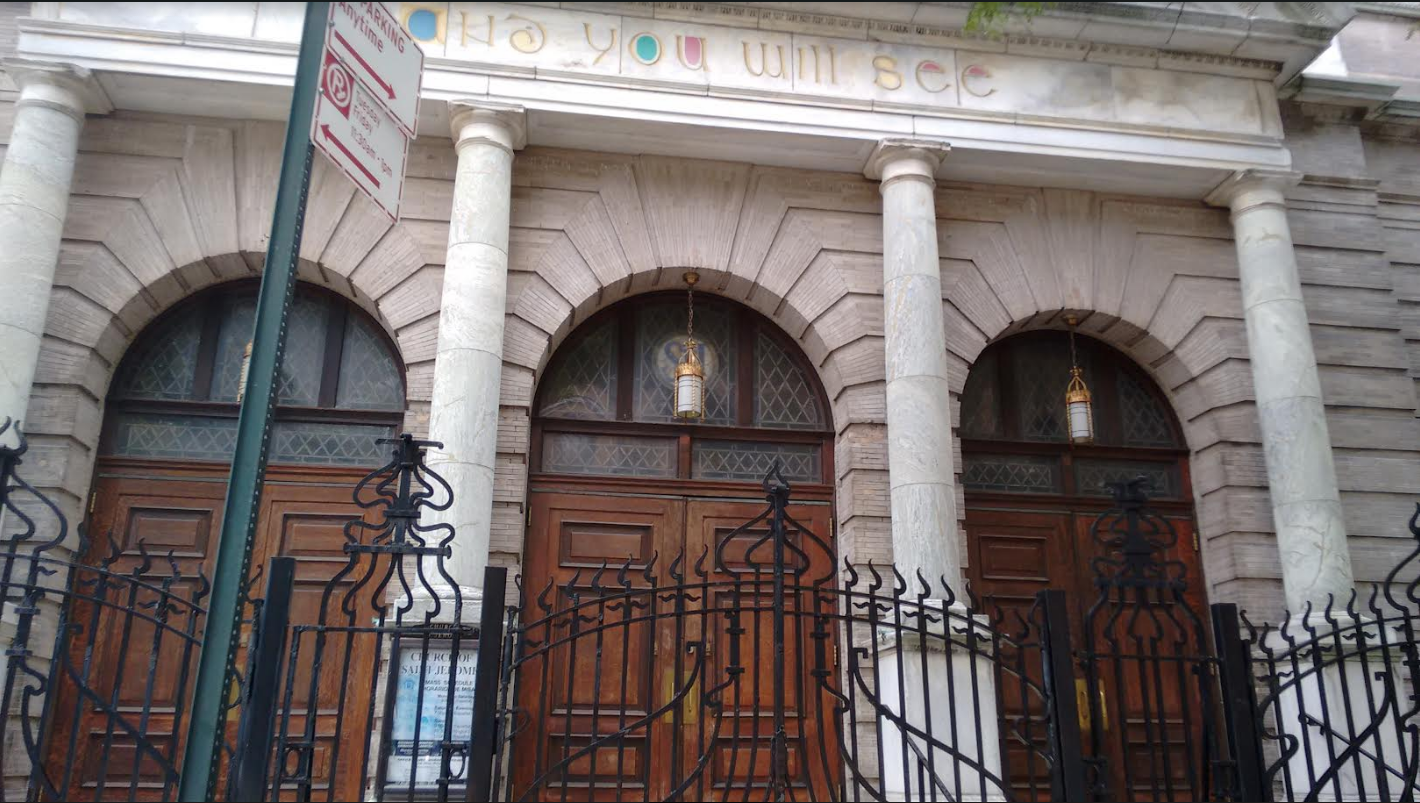
The Lincoln Memorial statue and New York Public Library lions were carved in a neighborhood studio
In 1890 ,Giuseppe Piccirilli, his wife Barbara, and their six sons set up a carving and sculpting workshop on East 142nd Street, just a short walk from Alexander Avenue. When the family first immigrated to New York from Tuscany in 1887 they found work in Manhattan, setting up their own studio on West 39th Street. When Barbara became ill a few years later, doctors recommended a move to the country for its clean air. Mott Haven fit the bill at the time, so the whole family moved up to 142nd Street.
There the brothers built their reputation on carving commissions from some of the most famous sculptors of the era, including Daniel Chester French. Their work, as skillful and important as it was, went largely unnoticed since it was the sculptors, not the carvers, who got the credit for the finished work.
The list of the family’s work is mind-boggling and includes the statue of Lincoln that sits in the Lincoln Memorial in Washington, D.C., and in New York City, the Maine Monument at Columbus Circle, the lions at the New York Public Library, New York Stock Exchange pediments, figures on the Washington Square Arch, the Firemen’s Monument in Riverside Park, and statues on the cornice line of the Brooklyn Museum.
Theodore Roosevelt and Fiorello LaGuardia visited with the Piccirilis, and LaGuardia became a close friend of the family.
The family’s compound was demolished around 1960 and no trace of the Piccirillis remains in the neighborhood.
One of the original public buildings on the avenue is about to be repurposed
The library branch on Alexander Avenue opened in 1905. It was the first in the Bronx. Paid for by Andrew Carnegie, it was built in the style of an Italian Renaissance palazzo (pictured below).
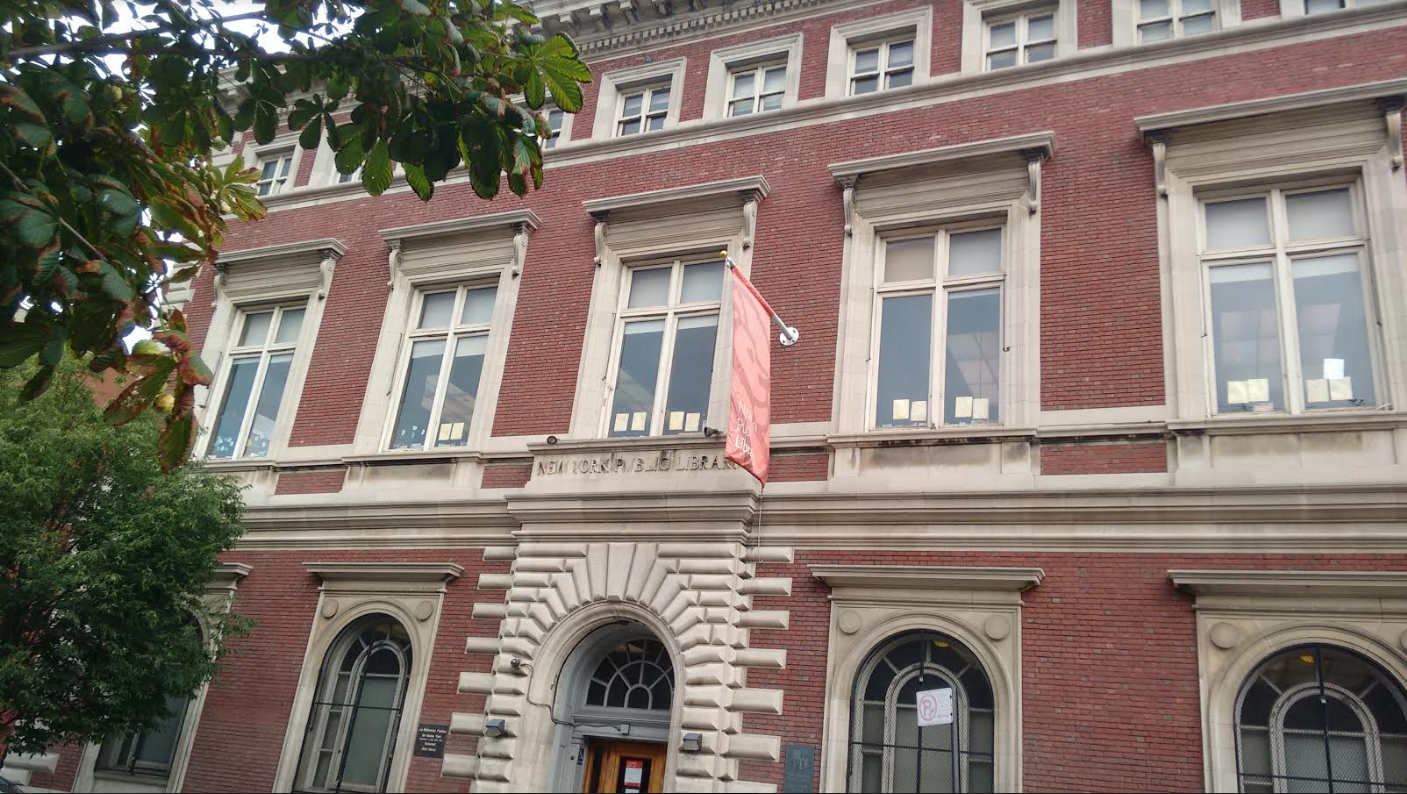
Twenty years later, when the 40th Precinct NYPD station house was built at the corner of 139th Street, its architects chose the same Italian Renaissance style. Now the precinct is set to move out of its original home and into a brand new, ultra-modern building on East 149th Street designed by the big-name firm of Bjarke Ingels. Construction on the new facility is set to start in 2018.
The real estate pressure is on
Brooks says that hardly a day goes by when he doesn’t get a knock on his door from someone who wants to make an offer on his house. A few houses away from him there’s a sign in the window of one of the homes that says “Let Me Be.” Brooks says that’s his neighbor’s not-so-subtle way of telling real estate speculators to stay away.
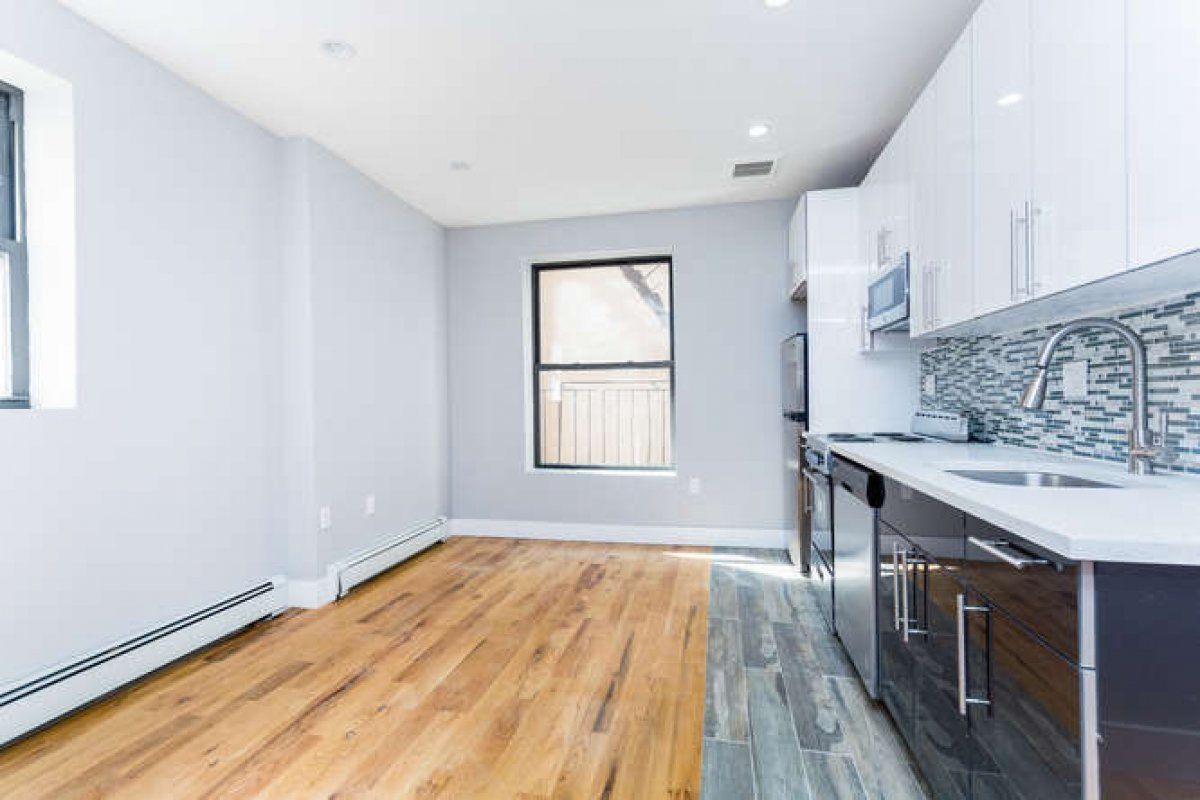
Curious about what it might look like to live in the area? This three bedroom, one bath with new floors and a renovated kitchen in a low-rise apartment building at 315 Alexander Ave. is listed for $3,000 a month, with the first two months free.
This large Greek Revival house at 302 Alexander Ave., in an unknown condition, may be available to buy soon. The house, built in 1901, has been seized by a lender through judicial foreclosure according to Trulia.
You Might Also Like

















